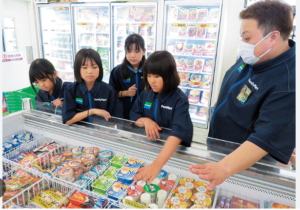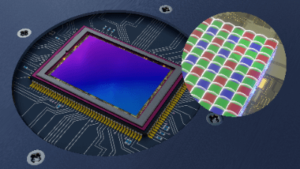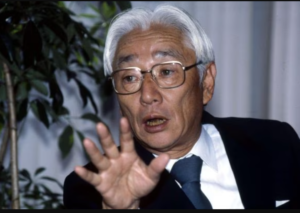On the evening of New Year’s Day when the Noto Peninsula earthquake occurred, the Emergency Disaster Response Alliance “SEMA” began its activities, with member companies adjusting to send relief supplies. Before 9:00 PM, member companies had already pledged to provide supplies. Even after the New Year’s holiday, they continued to inquire about the needs of the affected areas, and so far, 37 companies have delivered nearly 210,000 items. This was the largest-scale disaster since its establishment in 2017, and it happened during the New Year’s holiday season, yet the support system remained steadfast. (Editor: Takashi Matsuki)
SEMA is managed by LINE Yahoo as its secretariat. During disasters, the secretariat receives information about the necessary supplies from local citizen groups working in the affected areas and relays this information to member companies. Companies that can provide the required items send them in the necessary quantities. SEMA was launched in response to the realization, following the 2011 Great East Japan Earthquake and the 2016 Kumamoto Earthquake, that an excessive amount of supplies had been sent, causing a burden on local government officials for storage and sorting.
Four minutes after the Noto Peninsula earthquake occurred at 4:14 PM, the SEMA secretariat sent emails to six citizen groups specializing in disaster relief, requesting to be informed of any activities. By 4:20 PM, they had also contacted the then 80 member companies. According to Hisako Fujioka of the LINE Yahoo CSR Headquarters Disaster Relief Promotion Department, “Even on holidays, we have a system where people who can act move immediately.”
At 4:32 PM, they received a message from a citizen group saying they were heading to the affected area by helicopter. It was determined that hand warmers and winter clothing were needed in the disaster area. At 7:35 PM, the secretariat informed each company that “SEMA is in operation.” By 8:55 PM, one company had responded, indicating they could provide assistance. Even on New Year’s Day, the secretariat, citizen groups, and companies were able to collaborate.
On the second day, citizen groups arrived in Anamizu City and Nanao City, Ishikawa Prefecture. The secretariat also received calls from companies. Fujioka recalls, “There were inquiries asking if there was anything they could do, even if they understood that supplies were sent upon request. It was reassuring.”
On the fourth day, citizen groups established a base in Nanao City. Companies arranged for the transportation of goods to this point, from where citizen groups distributed them to the affected areas. Due to road closures, direct delivery to the disaster areas was difficult.
A few days after the disaster, citizen groups began requesting items such as foam mats, cardboard beds, blue tarps, and portable power sources. Due to water shortages, there was a need for 2,000 or 4,000 portable toilets, and thanks to corporate cooperation, all supplies were delivered.
Source: Newswitch
https://newswitch.jp/p/40885







